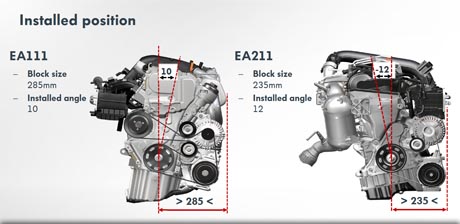Re: Despues de años y años de prehistoria, VW implementa 16v en la gama baja

Originally posted by AlejoR125M
View Post






Comment